Huawei is expanding its Mate lineup to include TVs. Alongside the Mate XTs foldable and the MatePad Mini, the company unveiled its first-ever TVs branded under Mate: the Huawei Mate TV and Mate TV Pro.
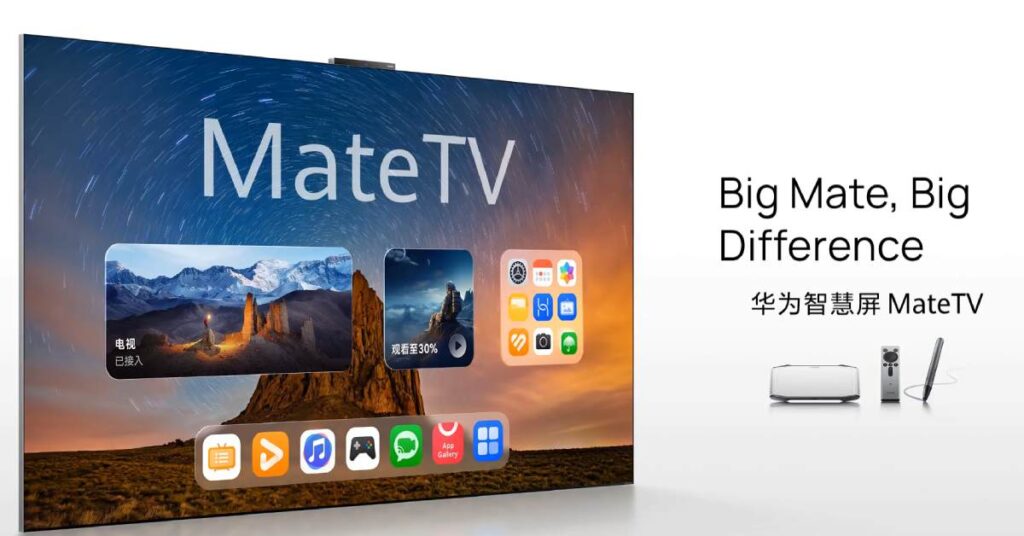
The TVs are an extension of Huawei’s flagship Mate devices, and as a result, they share the same high-end approach to hardware. Huawei claims that the Mate TV is the first in the industry to run on a flagship dual-core smartphone-grade processor, which reportedly delivers a massive 490 percent boost in CPU performance compared to its earlier Smart Screen line of TVs.
That’s paired with the Honghu Vivid image-processing chip, allowing the set to handle 4K video in real time while pushing sharper detail and higher contrast.
The Mate TV Pro also comes with an unheard-of 12GB RAM and 256GB of storage, while the standard Mate TV has 8GB of RAM and 128GB of storage.
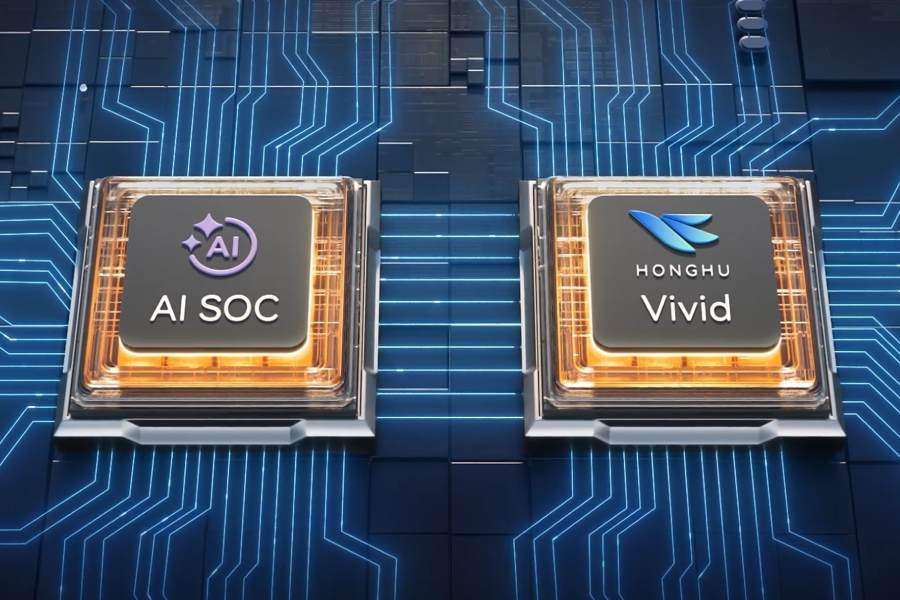
Even more notable is the fact that Huawei has swapped out the TV industry’s aging eMMC storage for UFS technology. It’s not saying which generation of UFS is inside, but the company claims app cold-start times are now just two seconds, which should cut down on lag.
Built for gaming
More than a standard TV, Huawei is pitching the Mate TV as a gaming machine. The company says its flagship GPU performance, HarmonyOS optimizations, and advanced cooling make it capable of running AAA games at high frame rates for extended sessions.
Control is another area where Huawei has made some exciting innovations. It’s new Lingxi remote now offers better pointing accuracy, less interference, and smoother control. More interesting are two optional accessories: Lingxi floating touch and a Lingxi stylus.
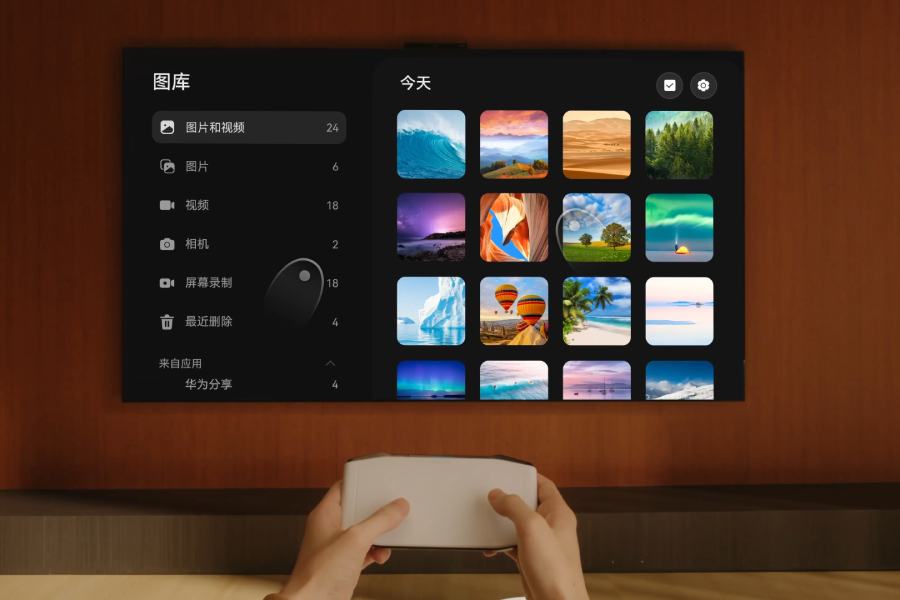
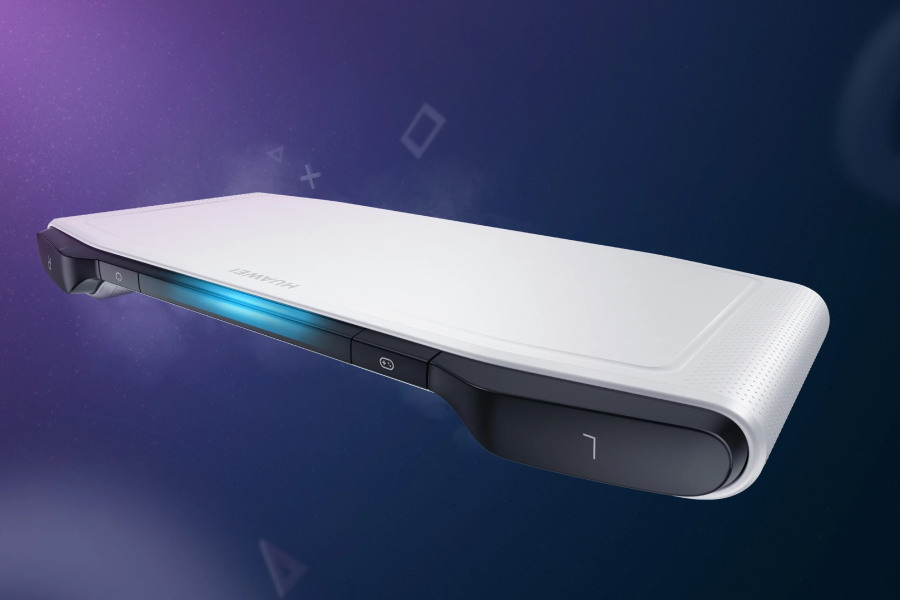
The floating touch is a separate controller with a touch surface and shoulder buttons, designed to mimic a gamepad while letting you navigate the TV. Huawei says it offers 8ms low latency and a vibration motor for haptic feedback. While gaming is the obvious use case, you can use it for tasks like photo editing or zooming in on images.
The Lingxi stylus, meanwhile, can be used directly on the TV for education, doodling, or creative projects. The pitch is that Mate TV can double as a family-sized digital canvas, not just a display.
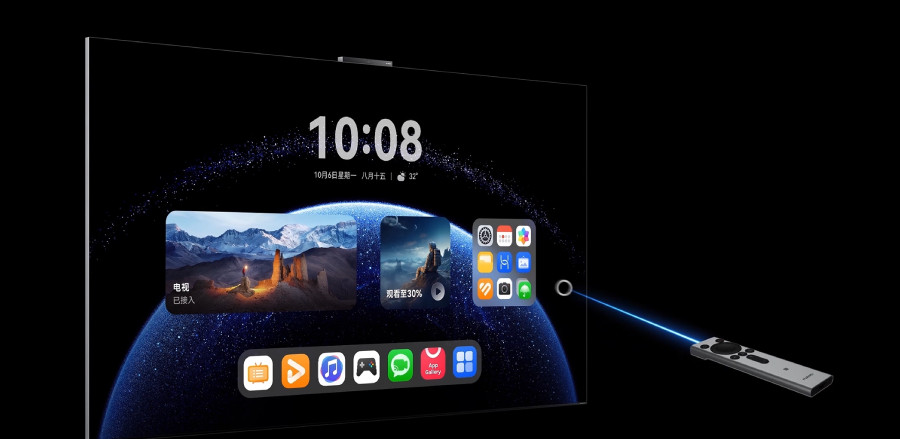
On the software side, the TV runs HarmonyOS, so it ties into Huawei’s ecosystem of phones and tablets for app support and device continuity. The TV also supports face and voice recognition for personalized recommendations, parental controls, or switching profiles.
Audio and Screen
The Mate TV and Mate TV Pro also differ in their audio setups. The standard model uses six speakers (two full-range, two tweeters, and two woofers) in a 2.2-channel arrangement with Huawei Histen sound effects. The Pro model bumps that up to nine speakers (five full-range, two tweeters, and two woofers) with a 3.2.2-channel configuration and Huawei Sound processing.

Here’s the layout:
- Mate TV (Standard):
- Left and right channels: below the screen
- Bass channel: behind the screen
- Huawei Histen effects
- Mate TV Pro:
- Left, center, and right channels: below the screen
- Bass channel: behind the screen
- Left and right “sky” channels: angled upward
- Huawei Sound effects
Moreover, the TVs flaunt an LCD (VA) screen with a 144Hz refresh rate, 4K resolution, 16:9 aspect ratio, and 7000:1 contrast ratio. The panel has a MiniLED backlight arrangement that delivers up to 4200 nits of peak brightness (varies by models).
Pricing and Availability
The Huawei Mate TV comes in 65-inch (¥8,999), 75-inch (¥11,999), 85-inch (¥15,999), and 98-inch (¥24,999) models, while the Mate TV Pro is priced higher with 75-inch (¥14,999), 85-inch (¥21,999), and 98-inch (¥30,009) options. Pre-orders open on September 4th, 2025, with sales starting September 26th in China.
For more daily updates, please visit our News Section.
Stay ahead in tech! Join our Telegram community and sign up for our daily newsletter of top stories.








Comments